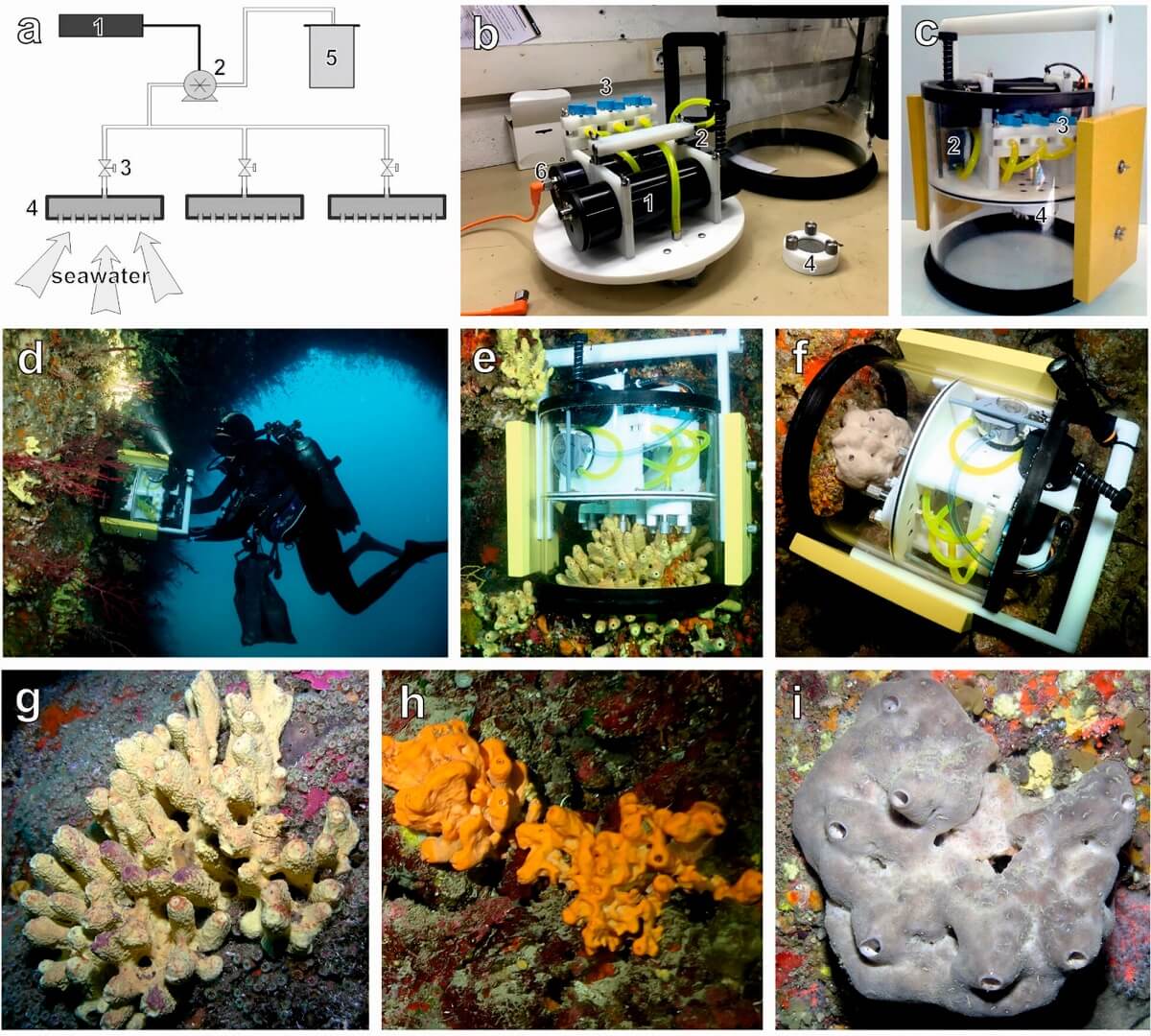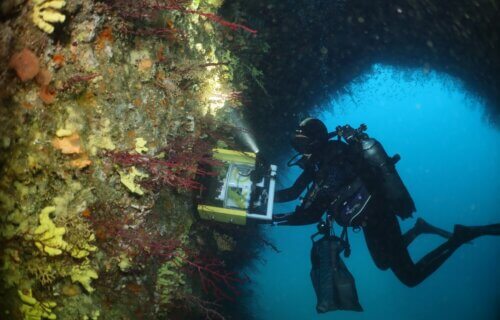MARSEILLE, France — A high-tech device that “smells” seawater could pave the way for new medicines, new research shows. Marine organisms release a myriad of invisible molecules beneath the ocean’s surface, which can provide information about the marine life present or hold potential as future drugs
A proof-of-concept device has been developed by researchers to “sniff” out these compounds in seawater, capturing them for later analysis. This device has been demonstrated to effectively concentrate molecules found in unique marine environments such as underwater caves, showing great potential for drug discovery in delicate ecosystems like coral reefs.
Co-author of the study, Dr. Thierry Pérez from the Mediterranean Institute of Marine and Continental Biodiversity and Ecology (IMBE), likened a drop of seawater to “a spoonful of diluted soup: it’s a complex mixture of dissolved molecules from organisms living in the ocean.”
To decipher this complex mixture, scientists aim to isolate and concentrate these molecules. However, many marine habitats, rich with unique and potentially medically valuable compounds, are under threat.

Do you smell what I-SMEL?
The research team sought to create an underwater device that could gather these dissolved substances from marine life like sponges without disturbing their habitats. They engineered a waterproof device that divers can easily manage underwater, which funnels seawater through pads similar to makeup remover discs to adsorb dissolved molecules for later analysis.
Named the In Situ Marine moleculE Logger, or “I-SMEL,” the device was tested in the Mediterranean Sea within caves housing diverse sponge species at a depth of 65 feet. After collecting water samples, the team employed mass spectrometry to evaluate the compounds, discovering a range of elements and many molecular structures previously unknown. The results are seen as “promising” for discovering new natural substances.
The device successfully captured several metabolites, such as brominated alkaloids and furanoterpenoids, which were also found in three sponge species that underwent thorough examination.
Researchers note that in some instances, the device concentrated compounds emitted by the sponges, with one compound being about 20 times more concentrated in the seawater extracts compared to extracts taken directly from a yellow cave sponge. The “I-SMEL” is touted as a non-invasive method to harvest molecules that can shed light on the health of an ecosystem or reveal new compounds for drug research.
The team says it plans to modify the device for autonomous, long-term seawater filtration and to enable its operation in deeper waters remotely.
The study is published in the journal ACS Central Science.
South West News Service writer Stephen Beech contributed to this report.
